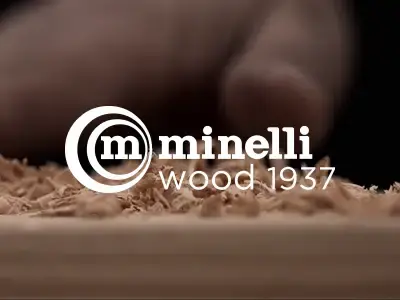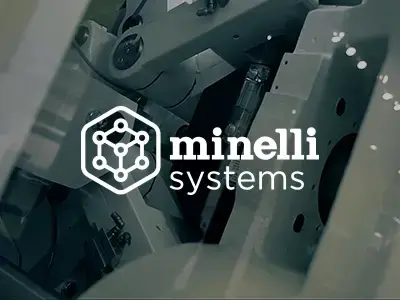 Most people believe that cutting trees is always bad, but there is a significant difference between deforestation and responsible forestry. When forests are properly managed, there are many benefits for both humans and the environment in terms of biodiversity, regeneration, and forest health. In this article, we provide some resources to understand what sustainable logging means and the positive effect this practice has on our planet.
Most people believe that cutting trees is always bad, but there is a significant difference between deforestation and responsible forestry. When forests are properly managed, there are many benefits for both humans and the environment in terms of biodiversity, regeneration, and forest health. In this article, we provide some resources to understand what sustainable logging means and the positive effect this practice has on our planet.
What does sustainable logging mean?
Sustainable logging means cutting trees and getting wood from forests while caring about wildlife, regeneration, and the ecosystem.
The goal is finding a balance between the needs of both the environment and forest communities and conservation of the natural ecosystem.
In this video made by the National Geographic Society, you can see a more comprehensive explanation:
Please accept marketing-cookies to watch this video.
Here are the topics we will discuss in this article. Click the link to read the corresponding paragraph.
- Some data about sustainable logging
- Sustainable logging & deforestation
- The advantages of cutting down trees
- Our commitment for sustainability

Some data about sustainable logging
Many people believe that cutting trees and sustainability cannot coexist, and that the term “sustainable logging” is simply an oxymoron. However, the only way to ensure conservation of forests is by applying sustainable forest management practices.
In a responsibly managed forest, for every tree harvested, another one replaces it.
On the Appalachian Hardwood Manufacturers, Inc. website, you read that last year more than 2.3 billion seedlings were planted in the United States by the forestry community. Of those, nearly 55% were planted by the forest products industry. Tree farmers and other nonindustrial private landowners planted another 28% of the total. The rest were planted by federal, state, and local agencies. Georgia, Florida, Alabama, Mississippi, Oregon, and Washington in that order are the leading tree-planting states.
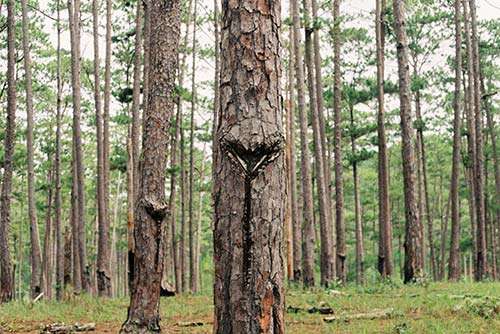 A recent study by the University of Birmingham has revealed that young forests use carbon more effectively and absorb it more efficiently. It must be remembered that trees absorb carbon dioxide from our atmosphere and produce oxygen in return. By storing that carbon, forests help to regulate the global climate, absorbing nearly 40% of the fossil-fuel emissions we humans produce.
A recent study by the University of Birmingham has revealed that young forests use carbon more effectively and absorb it more efficiently. It must be remembered that trees absorb carbon dioxide from our atmosphere and produce oxygen in return. By storing that carbon, forests help to regulate the global climate, absorbing nearly 40% of the fossil-fuel emissions we humans produce.
According to the research mentioned above, more than half of the carbon stored in the world’s forests is located in regions where trees are relatively young. Cutting down older trees allows younger ones to flourish, with a continuous regeneration process and a positive impact on our atmosphere too.
Sustainable logging has nothing to do with deforestation
Even if managing forests responsibly includes the cutting of trees, these practices cannot be compared with deforestation, which refers to the permanent removal of trees to make room for something besides forests (e.g., agricultural croplands, urbanization, or mining activities), often illegally. Deforestation has been negatively affecting natural ecosystems, biodiversity, and the climate, as these actions are motivated by economic interests without considering the consequences for our planet.
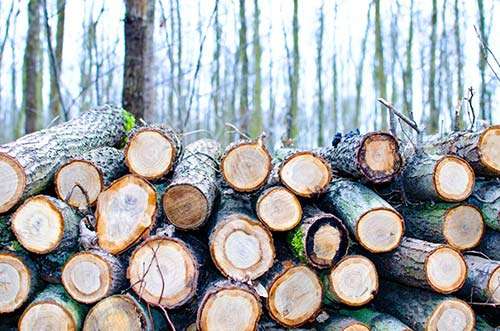 Sustainable forest management doesn’t mean ignoring the economic needs of the global market. These strategies aim at ensuring that products derived from forests meet today’s needs as well as those of future generations. Therefore, the amount of resources taken from a forest should be at a level the forest can produce without any negative consequences on the soil or trees.
Sustainable forest management doesn’t mean ignoring the economic needs of the global market. These strategies aim at ensuring that products derived from forests meet today’s needs as well as those of future generations. Therefore, the amount of resources taken from a forest should be at a level the forest can produce without any negative consequences on the soil or trees.
Are you looking for FSC certified products from a reliable supplier?
Click here to contact us!
The natural reserve of Deramakot (Borneo, Malaysia) is a great example of how we can protect wildlife populations by ensuring that forests are managed properly and only logged sustainably. Forest manager Peter Lagan has found a new way to log: by mimicking forests’ natural processes, he cuts trees while protecting wildlife and ensuring that forests continue to grow and be safe for future generations.
In this interesting video, he explains his experience:
The advantages of cutting down trees
Forests are so crucial for our survival that they cannot be overexploited or poorly managed to guarantee the maintenance of a right balance.
Kathy Abusow, President & CEO of the Sustainable Forestry Initiative® Inc. (SFI), claims that well-managed forests provide products and benefits that help society at large. In this speech, she underlines that using wooden products derived from well-managed forests─there are specific associations, such as the FSC, that guarantee it─can save our forests while improving our shared quality of life:
Harvesting timber responsibly lets you protect wildlife and provides many other benefits.
The health of forests improves
Cut down trees that are diseased and old as well as often full of insects and parasites. Harvesting prevents the spread of negative microorganisms, fungi, and bacteria that could damage the entire forest. Moreover, too many trees cause excessive overcrowding, and most small trees don’t receive the light and air they need. These two elements are crucial for the overall growth of the trees and other organisms. Trees, in fact, use the process of photosynthesis to harness energy from sunlight and turn it into chemical energy, which is critical for the existence of the vast majority of life on earth.
Regeneration is encouraged
If trees are too close together, their roots and leaves will prevent the growth of other important natural species, including varieties of grasses, bushes, and ferns, which are important for wildlife. These plants have a shorter life cycle than the larger trees, so they grow and decompose quickly, adding nutrients to the soil.
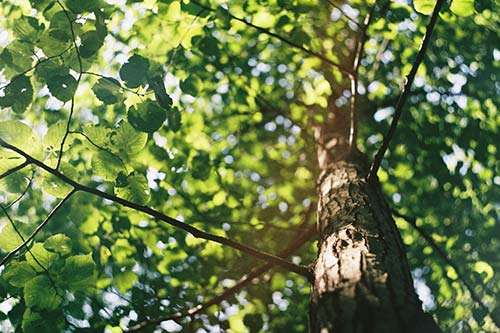 Increased safety
Increased safety
Older trees are weaker, so they are more exposed to possible damage caused by environmental factors (e.g., wind and rain). It means they are more likely to fall down even in such areas as roads, sidewalks, or driveways, causing possible risks for people. Moreoverꟷsince logging requires the cutting of treesꟷfires that start by natural causes will not be able to spread rapidly.
The need for timber is satisfied
We use timber for construction material, furniture, and fuel for industries and houses, while many companies use it as a raw material. While the population and the demand for wood and forest products are constantly increasing, forest expansion is slowing. Therefore, managing forests through sustainable logging becomes increasingly important to satisfy market demand and promote forests’ health and growth.
Our commitment for sustainability
How does Minelli S.p.A. act to protect our planet’s health and protect the environment? Look at this video:
We are aware of the problems our planet is facing, and we follow rigorous processes for protecting it.
We comply with the most rigorous standards
The wood we manage is collected following strict guidelines for environmental and forestry protection to preserve the natural ecosystem.
 The Minelli group is one of the first companies to be certified by the Forest Stewardship Council (FSC International), which guarantees that the raw material comes from responsibly managed forests and provides environmental, social, and economic benefits to local communities. This maintains the forests’ biodiversity, productivity, and ecological processes. In compliance with EUTR 995 (EU market) and the Lacey Act (U.S. market), the wood we manage doesn’t come from any area of illegally harvested timber.
The Minelli group is one of the first companies to be certified by the Forest Stewardship Council (FSC International), which guarantees that the raw material comes from responsibly managed forests and provides environmental, social, and economic benefits to local communities. This maintains the forests’ biodiversity, productivity, and ecological processes. In compliance with EUTR 995 (EU market) and the Lacey Act (U.S. market), the wood we manage doesn’t come from any area of illegally harvested timber.
We try to make our logistics more sustainable
Shortening the process that raw materials go through to reach production is necessary to reduce the carbon footprint. Transportation logistics, in fact, has a great environmental impact due to pollution caused by vehicle emissions into the atmosphere, on the land, or in the water. 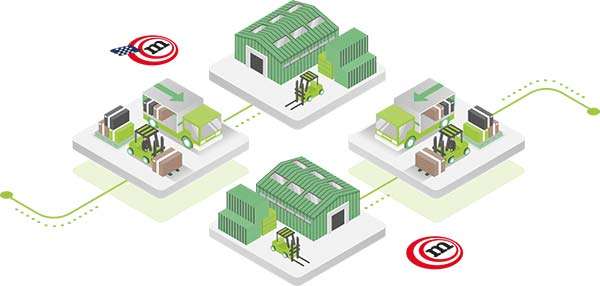
To make our logistics more sustainable, we have built production plants in both Europe and the United States where most wood is gathered. In this way, we can directly produce our wooden components where raw material is collected.
We adopt a circular economy model
We pay close attention to how we manage and reuse our resources. Every day our machines produce a large amount of discarded materials, sawdust, and waste. To save precious energy, during the winter, we use these shavings to fuel our heating systems and heat drying chambers.
We also use wood waste derived from large products, e.g., gun stocks, to create smaller objects, such as cosmetics, spirits caps, and toothbrushes, which represent 90% of our total production. This significantly reduces waste, as we reuse production scraps to create other wooden components.
 We constantly monitor our energy consumption, adopting whenever possible energy-efficient implants and technologies.
We constantly monitor our energy consumption, adopting whenever possible energy-efficient implants and technologies.
If you want to rely on a partner that has a particular focus on sustainability, click here to contact us!
